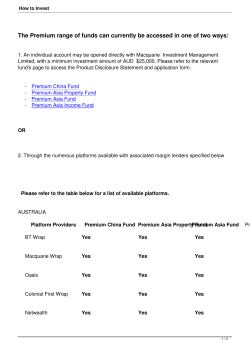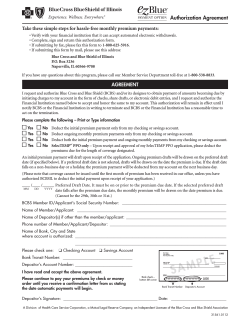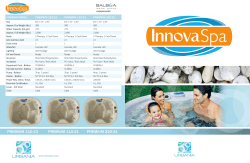
FPI Examination Sample Question 1 CLIENT OVERVIEW
FPI Examination Sample Question 1 CLIENT OVERVIEW Your client, Babalwa (36) married to Themba (40) and the couple has two girls, age 13 and 8 and a son, age 11. Themba is a high school teacher whilst Babalwa is the founder and only shareholder of a company that is expanding at a rapid pace. She is concerned about the ever increasing estate duty liability this is causing. Babalwa is passionate about the company which she started and built up on her own and it is her wish that the children should follow in her footsteps and carry on with the business after her death. Answer all the following questions: QUESTION 1 (15 marks) Explain to Babalwa the use of an inter vivos trust to freeze the growth of the company in her estate. In your explanation cover at least the following aspects relevant to Babalwa’s situation: • The role and powers of the trustees and whether it is advisable or not for her to be one of the trustees; (5) • Who the beneficiaries of the trust should be and why; (2) • The possible modes of transfer of the shares to the trust, which mode you recommend and why; (5) • How to finance payment by the trust for the shares in case of a purchase. QUESTION 2 (3) (4 marks) Explain whether your answers in question 1 above comprise ‘advice’ as contemplated in the FAIS Act. Motivate fully. QUESTION 3 (3 marks) You have conducted an analysis and determined that Babalwa needs additional life cover of R1 000 000 in order to cover her estate liquidity need at death. 1|Page She is considering taking out a retirement annuity policy with that amount of life cover since the premium is deductible for tax purposes. Advise Babalwa about the feasibility of this strategy as a solution to her need. Motivate fully. QUESTION 4 (3 marks) Philip Haupt in Notes on South African Income Tax 2013 recommends that estate liquidity be provided by a combination of a diminishing term policy and an investment portfolio. The diminishing policy value is replaced by the increase in the value of the investment. Comment on the feasibility of this recommendation. 2|Page RATES AND ASSUMPTIONS Use the following rates and assumptions when you make recommendations: • An inflation rate of 5% • For any life cover recommended, use the following premium rates per R10 000 cover: • o Male adult R6,50 p.m. o Female adult R5,75 p.m. For any lump sum disability cover recommended, use the following premium rates per R10 000 cover. • • o Male adult R6,75 p.m. o Female adult R6,20 p.m. For income protector recommended, use the following premium rates per R10 000 p.m.: o Male adult R240 p.m. o Female adult R180 p.m. For any critical illness cover recommended, use the following premium rates per R10 000 cover: o Male adult R7,25 p.m. o Female adult R6,30 p.m. • A mortgage rate of 7% • In respect of any investment product that you recommend, use a growth rate of 12%. • For any Medical aid product that you recommend, the premiums are: o Adult R2 600 p.m. o Adult dependent R1 800 p.m. o Child dependent R600 p.m. • CPI in 2005 was 34,5; current CPI is 140,7. • All instalments for a given year are payable in advance at the beginning of the year • Income after retirement is payable in advance at the beginning of the year • Should the details provided prove insufficient for your purposes, you may make the necessary assumptions, provided that: o You indicate that you have made an assumption, o You give reasons for your assumption, and o The assumptions are in keeping with the preferences of the clients and the information already supplied. 3|Page • When answering questions please note: o Do NOT just show total values in any calculations; show a full breakdown of your calculations and list all items where applicable 4|Page o Round all amounts to the nearest Rand o When using the resultant rate use four decimals
© Copyright 2025





















